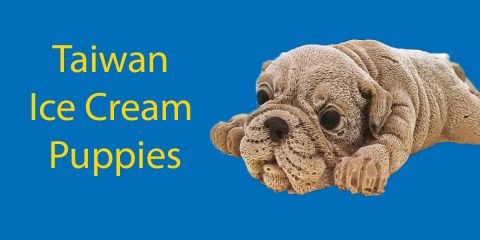MSG in Chinese Food 🥡 Our Friend or Unhealthy Foe?
Is My Chinese Food Unhealthy or is This an Outdated Stereotype? The Truth Behind MSG
So what’s the truth about MSG in Chinese Food?
“Chinese food is unhealthy and filled with MSG” . Or so we used to believe And we’re not alone.

Chinese food is filled with misconceptions and considered oily and heavy by non-Chinese customers.
In reality, it often offers a perfect balance between Yin and Yang, medicinal benefits and local uses of our own favourite ingredients to fit in.
We often confuse the cuisine with our local takeaway options and not the true variety of dishes available.
If you’re wondering what a real menu looks like, check out our Chinese menu introduction post.
Let’s tackle the facts on MSG.
MSG in Chinese Food || Chinese Food Stereotypes
MSG in Chinese Food || The History Behind The Stereotypes
MSG in Chinese Food || Can Old Habits Die Hard?
MSG in Chinese Food || Is MSG Unhealthy?
MSG in Chinese Food || Is Chinese Food Unhealthy?
MSG in Chinese Food || FAQs
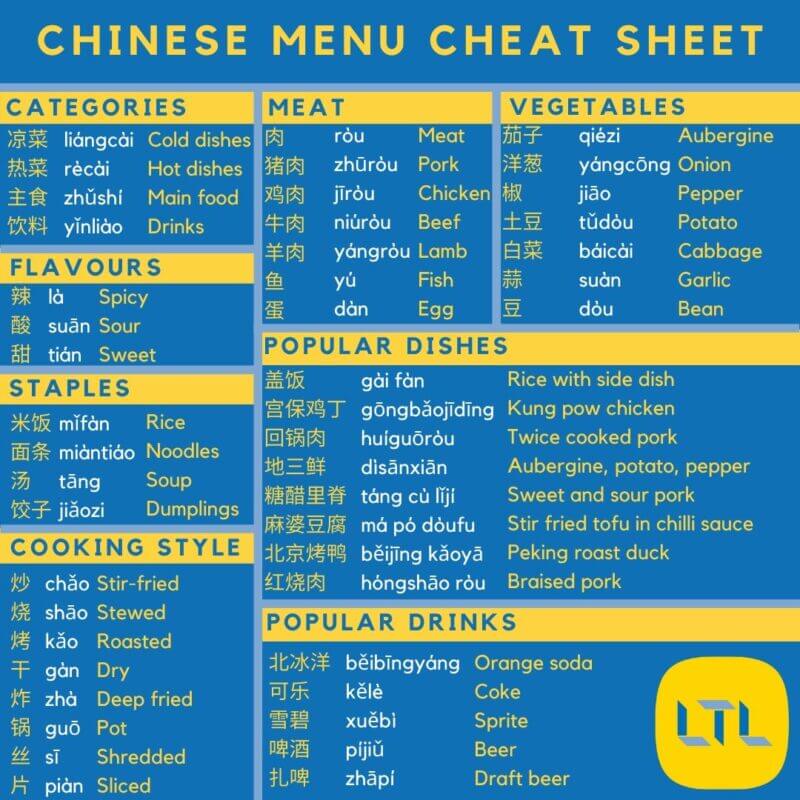
MSG in Chinese Food – Stereotypes
A small study in the USA found that only a handful of people could list a Chinese staple meal.
Most of the items listed were unhealthy variations of an American-Chinese take-out menu overflowing with MSG.
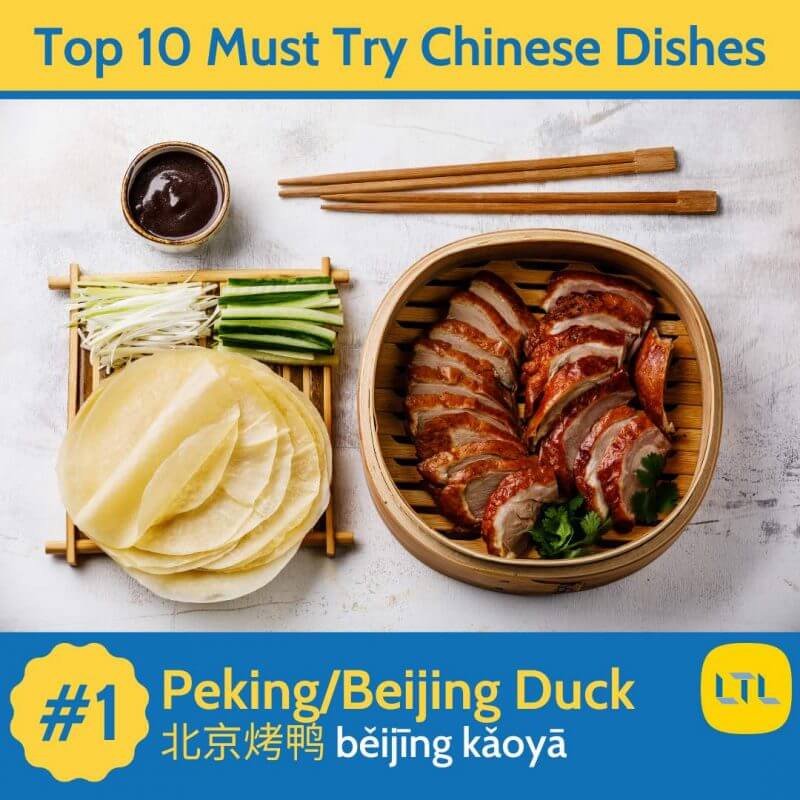
Yet every year, English teachers, students and tourists come in the thousands to visit China and discover real Chinese food.
It is much more nuanced than the deep fried, unhealthy dishes we usually think of.
Modern Chinese cuisine we enjoy today is a culmination of billions of people’s expertise passed down and perfected over thousands of years.
Unsurprisingly, whilst fortune cookies, chop suey and moo shu pork amongst others may be staples from our takeaway, they aren’t in China.
Although our local takeaways are seemingly unhealthy, MSG-filled and similar nationally, they are very different to the South-Asian dishes.
Spoiler alert: Our takeaways are not actually Chinese dishes at all! If you want to see some real Chinese dishes, check our short video below.
MSG in Chinese Food – The History
Are you wondering where these misconceptions and variations of Chinese food come from?
Time for a short history lesson.
There’s a strong historical element that this perception stems from, starting in the 1880s.
The US passed legislation that limited Chinese migration to the US which prioritised ‘restaurateurs’.
This sparked a boom of Chinese restaurant growth in the US.
However, in order to succeed, the chefs adapted their dishes to suit the new customers tastes, slowly beginning the creation of what we see now.
The menus we see are deliberately altered to feature more fried foods and thickened sauces to match our western taste palate, using our common ingredients; potatoes, dairy, celery etc.
Tight budgets and the need to meet demand led to a total revamp of the traditional Chinese cuisine we have access to inside China.
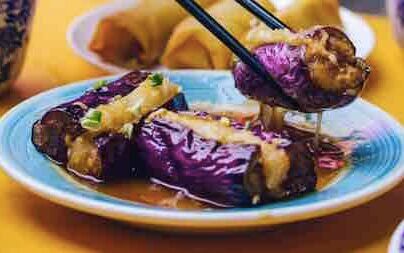
British laws further amplified the US migration rules and a national census taken in 1985 found that 90% of Chinese people living in Britain worked in catering.
In 2001 estimates suggested that at least 12,000 Chinese takeaways and 3,000 Chinese restaurants were operating in the UK.
With the restaurant business providing an opportunity and stability abroad, it grew rapidly.
Outside of Asia, the USA has the most Chinese restaurants in the world and the US opinion on food often trickles down to other countries.
Chinese food in the USA initially came from families working to make a living and support each other.
Thus, they were willing to provide cheap, easy meals to stay in business, which fuelled this perspective.
If you want a better understanding of Chinese dishes before you read out, check out the 8 Chinese cuisines for an introduction into the most basic regional differences.
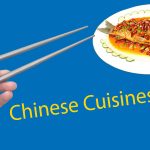
Chinese Food Culture // The 8 Great Chinese Cuisines
Chinese cuisines have typically been divided into ‘Eight Great Cuisines’ as a means of simplifying this vast and complex tradition.
MSG in Chinese Food – Can Old Habits Die Hard?
The idea that Chinese food is filled with MSG and unhealthy probably isn’t permanent though.
Japanese food was also considered cheap back in the 1900’s, but look at it now – as Japan grew in cultural and political power, so did its cuisine.
As China continues to grow internationally, Chinese cuisine will inevitably follow the same fate.
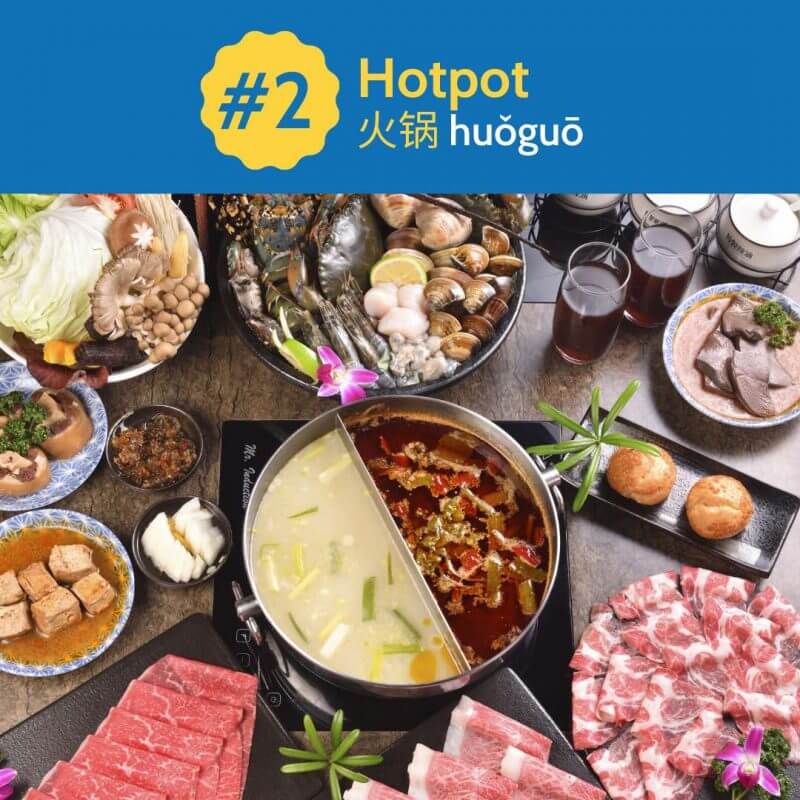
Currently, we rarely hear of Chinese food referred to as ‘fine-dining’, a concept that embodies the mantra ‘less is more’.
If you’ve had a proper dining experience in China, you will know that Chinese food focuses on plenty of communal, filling and flavoured dishes.
‘Fine-dining’ does not actually translate into Chinese because it has no direct equivalent meaning although Chinese food does have ‘fine-dining’.
Many Mainland Chinese restaurants are recommended by the Michelin guide, boasting up to 3 Michelin stars.
It just doesn’t fall under the meaning in the traditional sense. Interesting right?
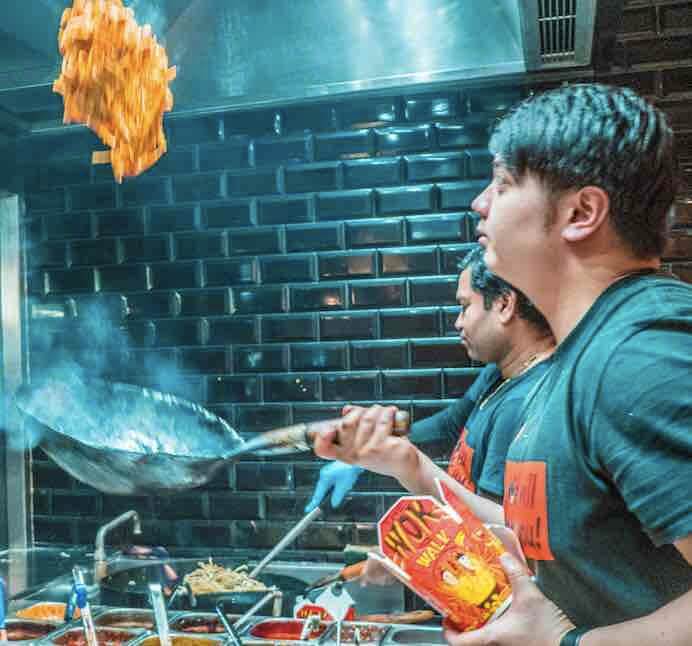
The measure we use globally unfortunately caters to euro-centric style meals.
This unfortunately excludes a myriad of popular dishes because they don’t meet a standard culturally opposite.
This lack of global recognition has definitely fed the ‘greasy’ ideal.
MSG in Chinese Food – Is MSG Unhealthy?
Let’s go back to the ingredients though. What is MSG and is it really unhealthy for us?
–Firstly, what is MSG?
Monosodium glutamate is a food additive popular for its flavour enhancing qualities.
Typical reactions include: headaches, chest pains, sweating, weight-gain and in some cases, hives.
There have been many anecdotes about the dangers of MSG, but the science isn’t there.
In reality, some people are extremely sensitive to MSG whilst others are not.
Currently, we do not know if high levels of consumption are actually harmful.
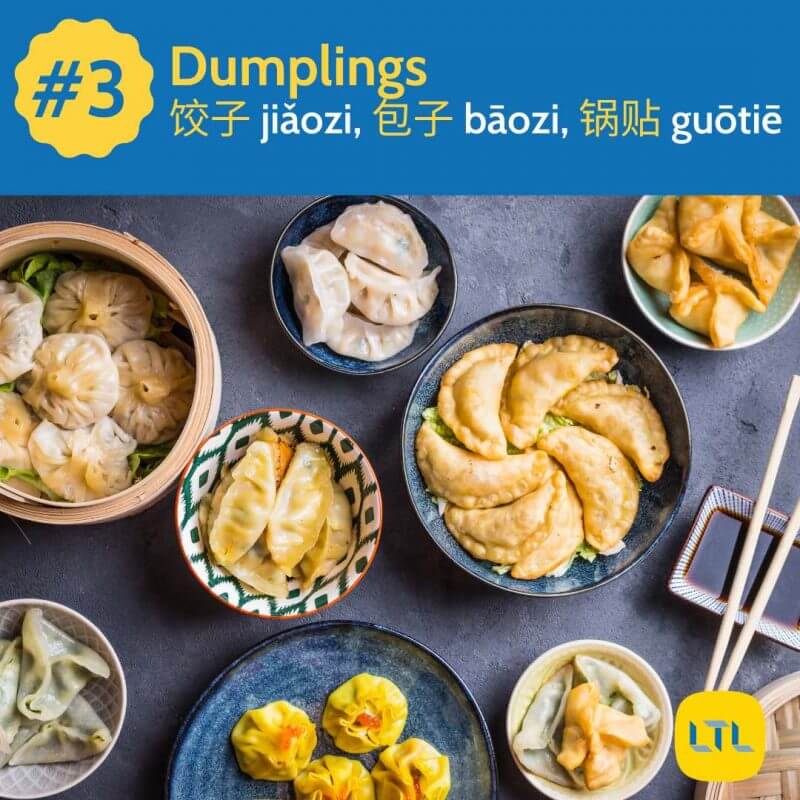
Most studies either can not prove a link between MSG and side effects, or remain inconclusive.
The scholar Thomas Germain wrote about the anti-MSG rhetoric that began around the same time as Chinese restaurants were setting up, unfortunately linking the two together.
Misinformation around the ingredient indirectly grew support for the US and UK migration bill’s. This in turn limited further Chinese migration.
Misinformation also led to the fear of consuming too much MSG, coined as ‘Chinese Restaurant Syndrome’ in the 60’s.
We no longer use the term professionally now, which is a great first step in the right direction.
Instead the phrase ‘MSG symptom complex’ is used but the negative link between MSG and Chinese food hasn’t been forgotten.
But this is where the misconception lies because MSG is fundamentally not Chinese.
Many Chinese restaurants stopped using the ingredient and began to advertise themselves as MSG-free to avoid the unfair association with this label.
Furthermore, it’s important to recognise how common MSG is in 2022/2023 as it features in most of our popular fast food chains and processed snacks.
It’s a key ingredient in Doritos, KFC and Chick-fil-A, etc.
MSG will never make it onto a healthy ingredient list. However, it is safe when you eat it in moderation.

Chinese Food Culture // The 8 Great Chinese Cuisines
Chinese cuisines have typically been divided into ‘Eight Great Cuisines’ as a means of simplifying this vast and complex tradition.
MSG in Chinese Food – Is Chinese Food Unhealthy?
This one is hard. After-all, is British food or Japanese food healthy?
We can’t really generalise a whole nation’s food by ‘healthy’ or ‘unhealthy’.
Realistically, our typical takeaway probably offers ‘good’ and ‘bad’ options. And definitely something with MSG.
Chinese dishes from all 8 regions typically feature a lot of vegetables and healthy ingredients.
In China, we’ll give them a solid thumbs up for offering healthy options (alongside the occasional cheat day treat).
For your home Chinese takeaway, sometimes less is more. Dishes that deep fry, use thick sauces or high levels of sodium (looking at you sweet & sour sauce), are definitely less healthy.
Something as simple as swapping out your fried rice for traditional white boiled rice, or adding in a light soup might do you a world of difference.
Check out our article about the essential ingredients in China you’ll find in a real Chinese kitchen and in your favourite dishes!
MSG in Chinese Food – FAQs
What is MSG?
MSG stands for monosodium glutamate.
It is a food additive that enhances flavour.
What are the 8 cuisines of China?
Shandong Cuisine 山东菜
Sichuan Cuisine 四川菜
Fujian Cuisine 福建菜
Anhui Cuisine 安徽菜
Zhejiang Cuisine 浙江菜
Jiangsu Cuisine 江苏菜
Hunan Cuisine 湖南菜
Is Chinese food unhealthy?
Just like every other cuisine, Chinese food has both healthy and unhealthy dishes and can not be generalised under one label.
Are fortune cookies Chinese?
Nope!
This dessert is actually a Japanese-American creation in the US dating from the late 19th century.
Is my local Chinese takeaway a good representation of actual Chinese cuisine?
In truth, not really at all!
The classics and favourites at your takeaway are almost nothing like the culinary experience you get in China.
Want more from LTL?
If you wish to hear more from LTL Language School why not join our mailing list.
We give plenty of handy information on learning Chinese, useful apps to learn the language and everything going on at our LTL schools!
Sign up below and become part of our ever growing community!
BONUS | Want to study the local Taiwanese dialect known as Hokkien? We provide Hokkien classes in person and online.

 Hi, my name is Manuel! I am from Spain and I am a Student Advisor at LTL and I’m based at our Taipei school.
Hi, my name is Manuel! I am from Spain and I am a Student Advisor at LTL and I’m based at our Taipei school. Hi, my name is Mojca. I am from Slovenia in Europe and I and I work as a student advisor at our Shanghai school.
Hi, my name is Mojca. I am from Slovenia in Europe and I and I work as a student advisor at our Shanghai school.

